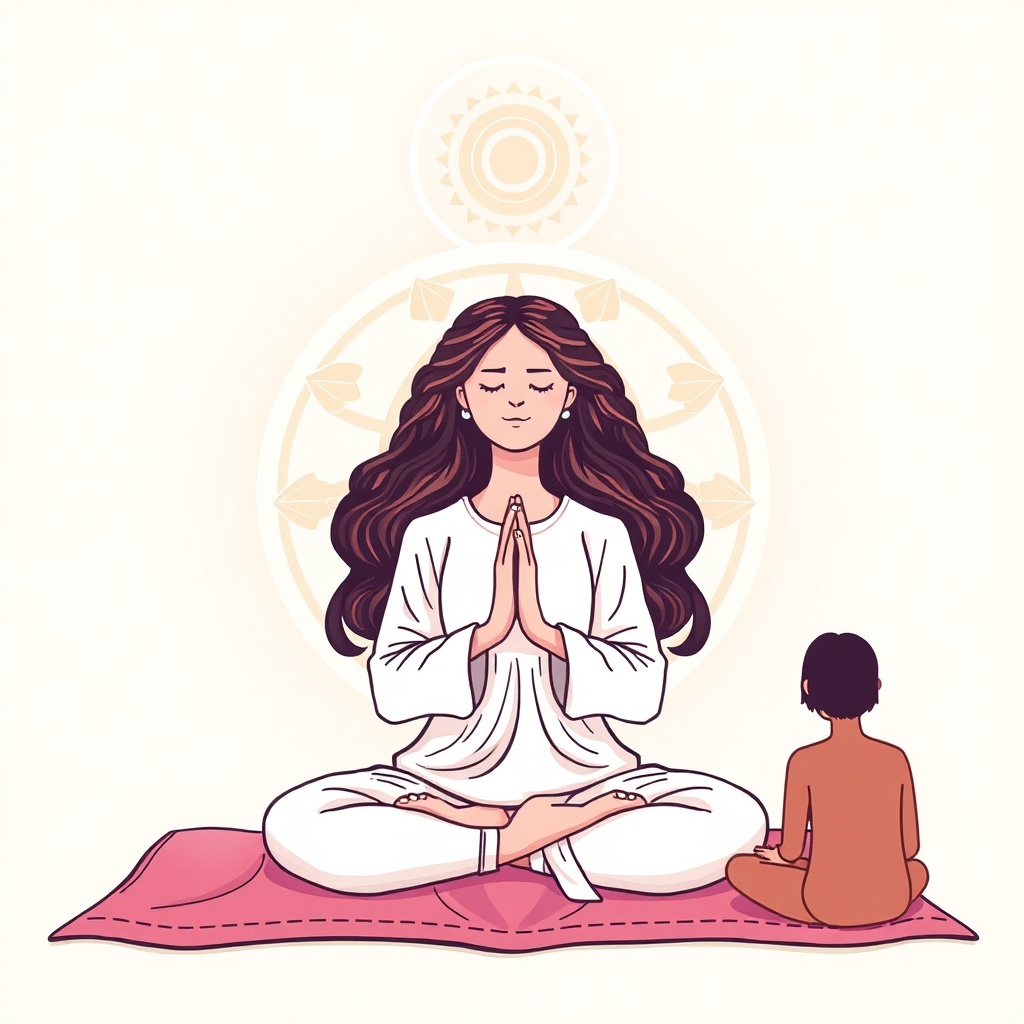Modern life makes inner peace feel elusive, but practical daily practices can create steady calm and emotional resilience. These practices are simple, evidence-informed, and adaptable to any schedule. Use them to reduce reactivity, sharpen focus, and build a sustainable sense of well-being.
Core practices that build inner peace
– Breathwork: Slow, intentional breathing triggers the parasympathetic nervous system and reduces stress. Try box breathing: inhale for four counts, hold for four, exhale for four, pause for four. Repeat for two to five minutes when you need to reset.
– Mindfulness meditation: Sit or lie comfortably and focus on the breath, body sensations, or a neutral object.

When thoughts arise, note them without judgment and return attention to the anchor. Start with short sessions (3–10 minutes) and gradually extend as it feels natural.
– Body scan: Bring gentle awareness from head to toe, noticing tension and allowing release. This practice enhances interoception—the ability to sense internal bodily states—and helps dissolve chronic stress patterns.
– Movement-based calm: Gentle yoga, tai chi, or mindful walking combine breath and motion to regulate the nervous system and ground attention in the present moment.
– Journaling for clarity: A quick morning or evening page helps process emotions and separate problems you can act on from those you can accept.
Try free writing for five minutes or a targeted practice like noting three things you can control.
– Gratitude and reappraisal: Listing three simple things you appreciate shifts the brain’s focus away from threat.
Cognitive reappraisal—intentionally reframing stressful events as learning opportunities—reduces emotional charge.
Practical routines for daily integration
– Morning anchor (5–15 minutes): Begin with two minutes of breathwork, five minutes of mindful journaling, and one gentle stretch. This sets intention and reduces morning reactivity.
– Midday reset (2–5 minutes): Use a micro-pause during transitions—close your eyes, take five slow breaths, and name one sensation in the body. This prevents stress from snowballing.
– Evening ritual (10–20 minutes): Do a body scan, write one reflection about the day, and practice a short gratitude pause to support restorative sleep.
Design a peaceful environment
– Reduce digital clutter: Create tech-free windows, especially before bed. Turn off nonessential notifications and designate device-free zones.
– Cultivate sensory calm: Soft lighting, decluttered surfaces, a plant, or a small ritual object can cue the nervous system to relax.
– Set boundaries: Communicate simple limits around your time and energy. Boundaries protect mental resources and support consistent inner peace practices.
Tips for sticking with it
– Start tiny: Micro-habits are powerful—one minute of focused breathing each day is more effective long-term than a long session done inconsistently.
– Be curious, not critical: Progress is uneven. Notice what works and adjust rather than judging setbacks.
– Blend practices: Combine breathwork with walking or journaling with gratitude to fit practices into your life.
Benefits you can expect
Regular practice reduces emotional reactivity, improves sleep quality, enhances focus, and strengthens relationships through greater presence. The cumulative effect of small, consistent practices is a steadier, more compassionate relationship with yourself and the world.
Try choosing two short practices and committing to them for a week. With intentional repetition, inner calm becomes less of a rare experience and more of a skill you can access on demand.